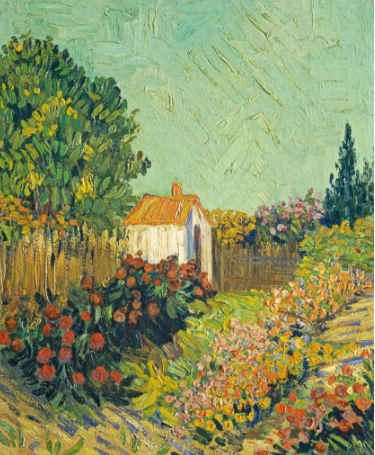Vincent van Gogh is one of the most influential and celebrated artists in history, known for his dynamic use of color and emotional intensity in his paintings. His masterpieces continue to captivate and inspire art lovers around the world. However, there are still many mysteries surrounding his works that art historians and scholars are trying to unravel.
The Vibrant Colors of his Paintings
Van Gogh’s use of vibrant, bold colors is one of the most distinctive features of his paintings. He often used thick, impasto brushstrokes to create a sense of movement and texture in his works. Scholars believe that his use of color was a reflection of his emotional state, with bright, vibrant hues representing moments of joy and darkness symbolizing his inner turmoil.
The Influence of Impressionism and Post-Impressionism
Van Gogh was heavily influenced by the Impressionist and Post-Impressionist movements, particularly the works of artists like Claude Monet and Paul Gauguin. His use of light and color was inspired by the Impressionist’s focus on capturing fleeting moments and transient effects of light. However, Van Gogh’s style went beyond Impressionism, as he sought to express his inner emotions and spiritual beliefs through his paintings.
The Symbolism in his Works
Many of Van Gogh’s paintings are filled with symbolism and hidden meanings that reflect his personal struggles and beliefs. For example, his famous painting “Starry Night” is thought to represent his feelings of isolation and loneliness, while the sunflowers in his series of paintings symbolize hope, happiness, and friendship. Unraveling these symbolic layers adds depth and complexity to his already powerful works.
The Influence of Mental Illness
Van Gogh’s tumultuous mental health and struggles with depression and anxiety are well-documented, and many scholars believe that his mental state greatly influenced his artistic output. His intense, frenzied brushstrokes and use of bold colors are often seen as a reflection of his inner turmoil and emotional instability. Despite his struggles, Van Gogh continued to create breathtaking works of art until his untimely death in 1890.
In conclusion, the mysteries surrounding Vincent van Gogh’s masterpieces only serve to deepen our appreciation of his genius. His works continue to inspire and captivate audiences, inviting us to delve deeper into the complexities of his art and the man behind the brush. As we continue to unravel these mysteries, we gain a greater understanding of Van Gogh’s profound impact on the world of art and his enduring legacy as one of the greatest artists of all time.


